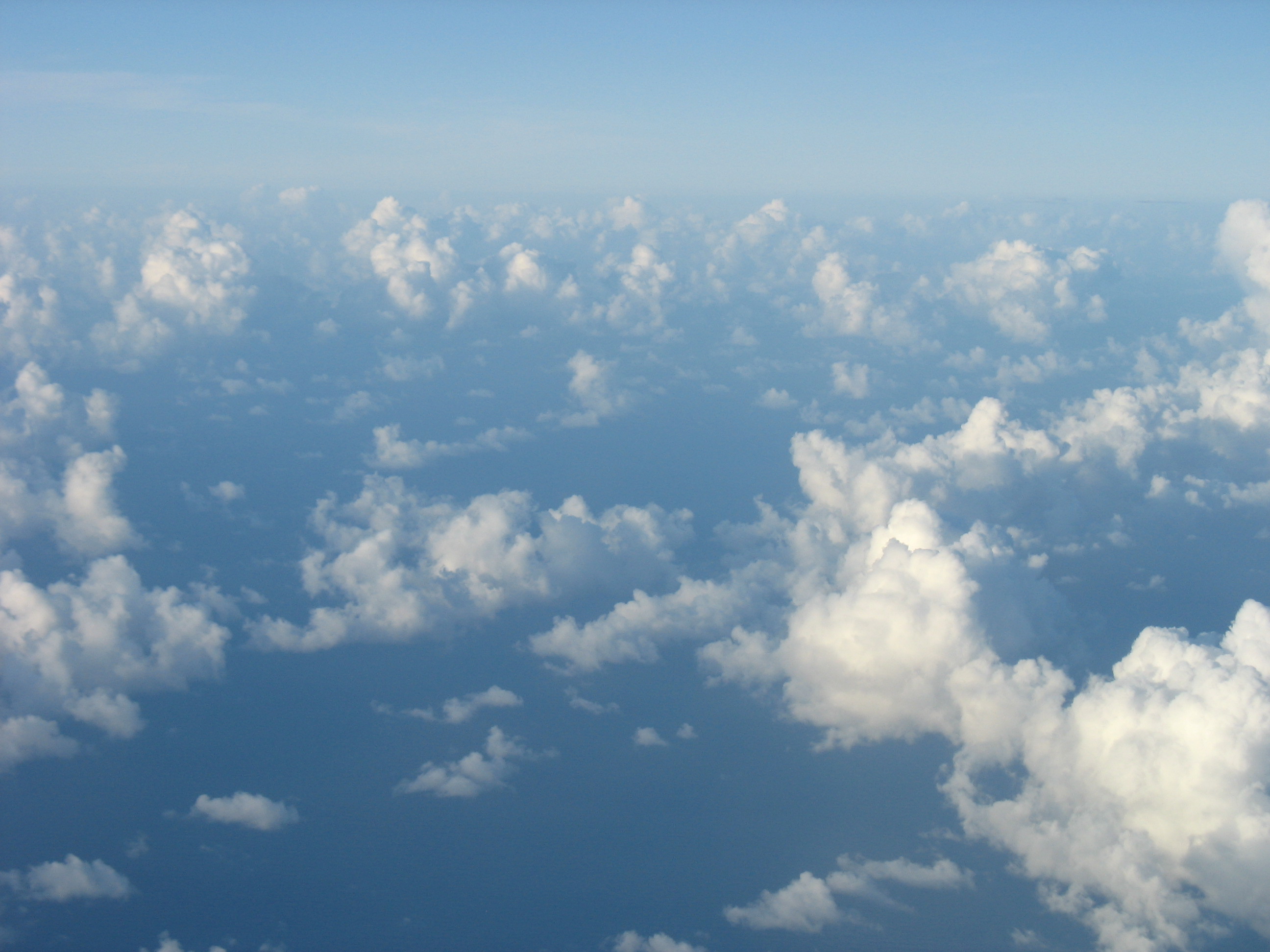ATS 555
- Air Pollution. 3 credits. The overall goal of this class is to develop a working knowledge of basic air quality issues. Specific objectives include: develop an understanding of types and sources of air pollution; examine concentrations of air pollutants and their effects on health and welfare. Review regulations governing air pollution; examine the meteorological factors that contribute to air quality degradation; examine the basic chemistry of the atmosphere and how it contributes to secondary pollutant formation; consider methods for air pollution measurement and control; and examine regional and global air pollution issues.
Last taught: Spring 2010
ATS 620

- Thermodynamics and Cloud Physics. 3 credits. This course review basic concepts in thermodynamics as applied to the atmosphere, including the thermodynamics of moist air; and basic concepts in cloud physics, including nucleation of droplets and ice crystals, condensational and depositional growth, hydrometeor interactions and formation of precipitation, and cloud structure and dynamics.
Last taught: Fall 2011
ATS 621
- Atmospheric Chemistry. 2 credits. The objectives of this class are: to provide students with a familiarity of concepts essential to an understanding of sources of atmospheric trace gases and particles, their chemical and physical transformations, their atmospheric effects, and their removal processes; and to provide an overview of current topics in atmospheric chemistry research.
ATS 631
- Atmospheric Aerosols. 2 credits (lecture / lab). Atmospheric particulate matter plays an important role in visibility reduction, climate forcing, and cloud formation and microphysics. This course reviews the chemical and physical characteristics of particulate matter that lead to impacts in the atmosphere, including aerosol size distributions; aerosol physics, deposition rates, and atmospheric lifetimes; optical properties and their relationship to visibility and climate; aerosol hygroscopicity and relationship to cloud formation; gas / aerosol partitioning theory; measurement principles and techniques. Current understanding of atmospheric aerosol sources and budgets are reviewed. Several hands-on laboratory exercises are completed during the semester to demonstrate concepts covered in class.
Last taught: Spring 2011
ATS 786
- Research in Atmospheric Science. 1 credit. The intent of this seminar-style course is to introduce graduate students and early career postdocs to the research process, the responsible conduct of research, and the MS and PhD degree processes in the Department of Atmospheric Science. Research topics will range from conceptual (developing research questions, time management) to practical (keeping research notebooks, laboratory safety) and ethical (data manipulation, intellectual property) considerations. This course is designed to satisfy federal agency requirements for face-to-face training in responsible conduct of research.